ORA® Captive-Bred Lined Seahorse
$99.99
-
Select Variant
The ORA® Captive-Bred Lined Seahorse is among the most durable seahorses species, which makes it an ideal option for those who are dedicated fans. This Lined Seahorse is a US native species that are found across Nova Scotia, Canada, and the northern Gulf of Mexico all the up into Panama as well as Venezuela. It is expected to grow to a maximum size of 7-1/2".
They thrive when they are kept in a mated pair or small groups within a species-only aquarium. A 30 gallon tank is enough for one pair. Increase by 10 gallons of the aquarium for each pair. Spray bars can be used to provide a gentle flow and eliminate stagnant areas within the aquarium. Seahorses aren't very strong swimmers and prefer to make use of their prehensile tails to connect to branches of live rock or algae or even artificial decorations.
Seahorses are less prone to contract Vibrio bacteria-related infections if the temperature isn't permitted to rise above 74 degrees F. This is especially important when the aquarium is home to other Syngnathid species. It is also essential to get rid of waste and leftover food items daily. The levels of calcium and alkalinity must be checked and maintained in order in order to keep their bony plates well-maintained.
They can be kept alongside small timid fish like tiny gobies, pipefish dragonets, and firefish. However, territorial, aggressive or fast-moving fish will not work well.
Seahorses are susceptible to injury from anemones, corals that have tentacles that sting or have enough size to devour them, including brain corals. Although ocean fans Acropora corals and various branching corals are suitable for seahorses, they could be inflamed and damaged due to a seahorse that continuously tacks them. Crabs and clams could pierce the seahorse, causing a cut that can lead to secondary infections. Small ornamental crustaceans can be eaten by seahorses.
Avoid fish that can compete with the seahorse in search of food. These captive bred seahorses are accustomed to eating frozen Mysis shrimp, which makes them an ideal alternative to wild-caught counterparts. They also feed on amphipods as well as other crustaceans that live in rock. They also eat adult brine shrimp with vitamin enrichment however this should not be the mainstay part of the diet. They are slow and deliberate feeders and would prefer two or more small meals a day.
Seahorses are one of the most famous fish on the planet because of their distinctive appearance and behavior. They are extremely social and curious fish and are fascinating to watch as you watch them interact with your environment as well as with each other and even their own owners.
Approximate Purchase Size: 1-1/2" to 2-1/2"
- Description
- Additional Information
- Reviews
ORA® Captive-Bred Lined Seahorse Diet
ORA's Lined Seahorses are thriving on frozen mysis shrimp and must get fed at least three times per day. The diet of these animals can be supplemented with an aquarium with a refugium that is attached to the tank.
size
Large, Medium, Small
Units
1
Weight
6 lbs
Dimensions
1 × 1 × 1 in

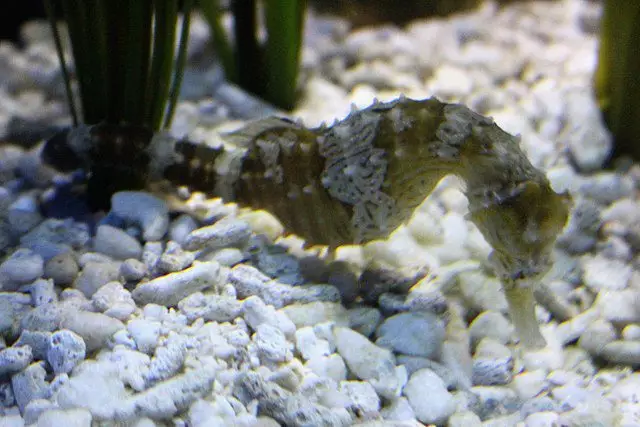
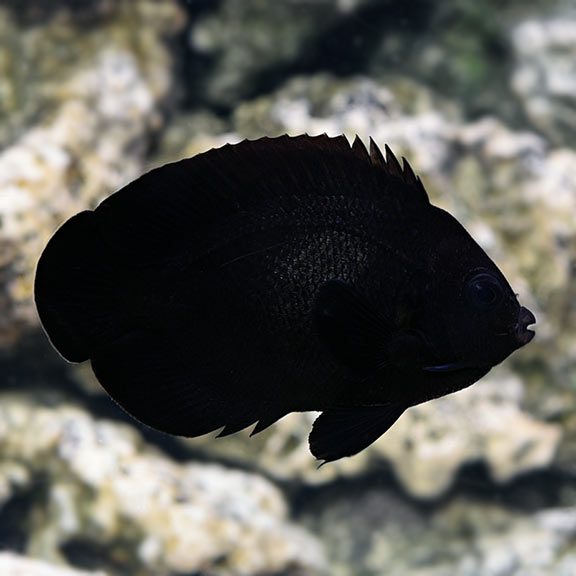
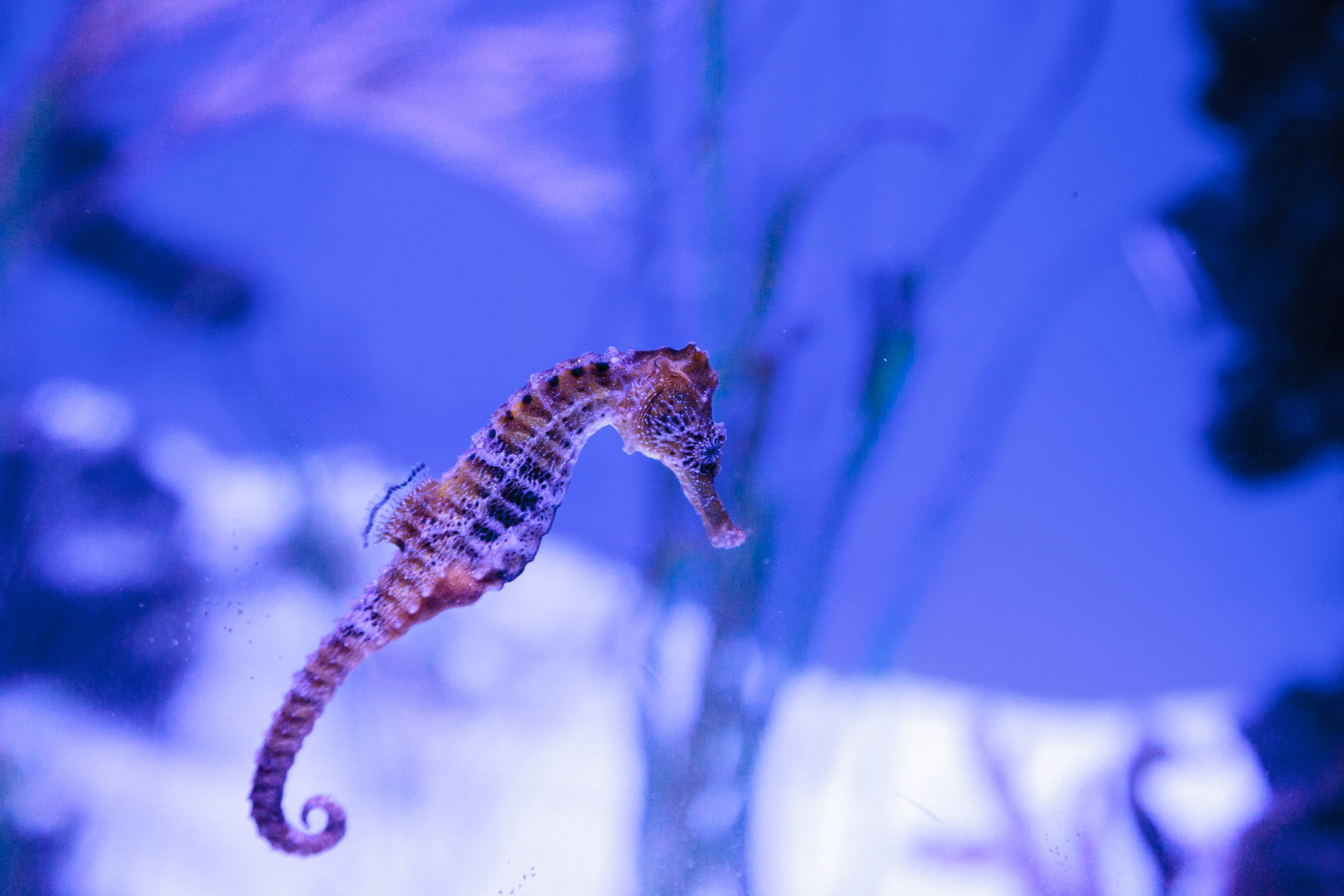
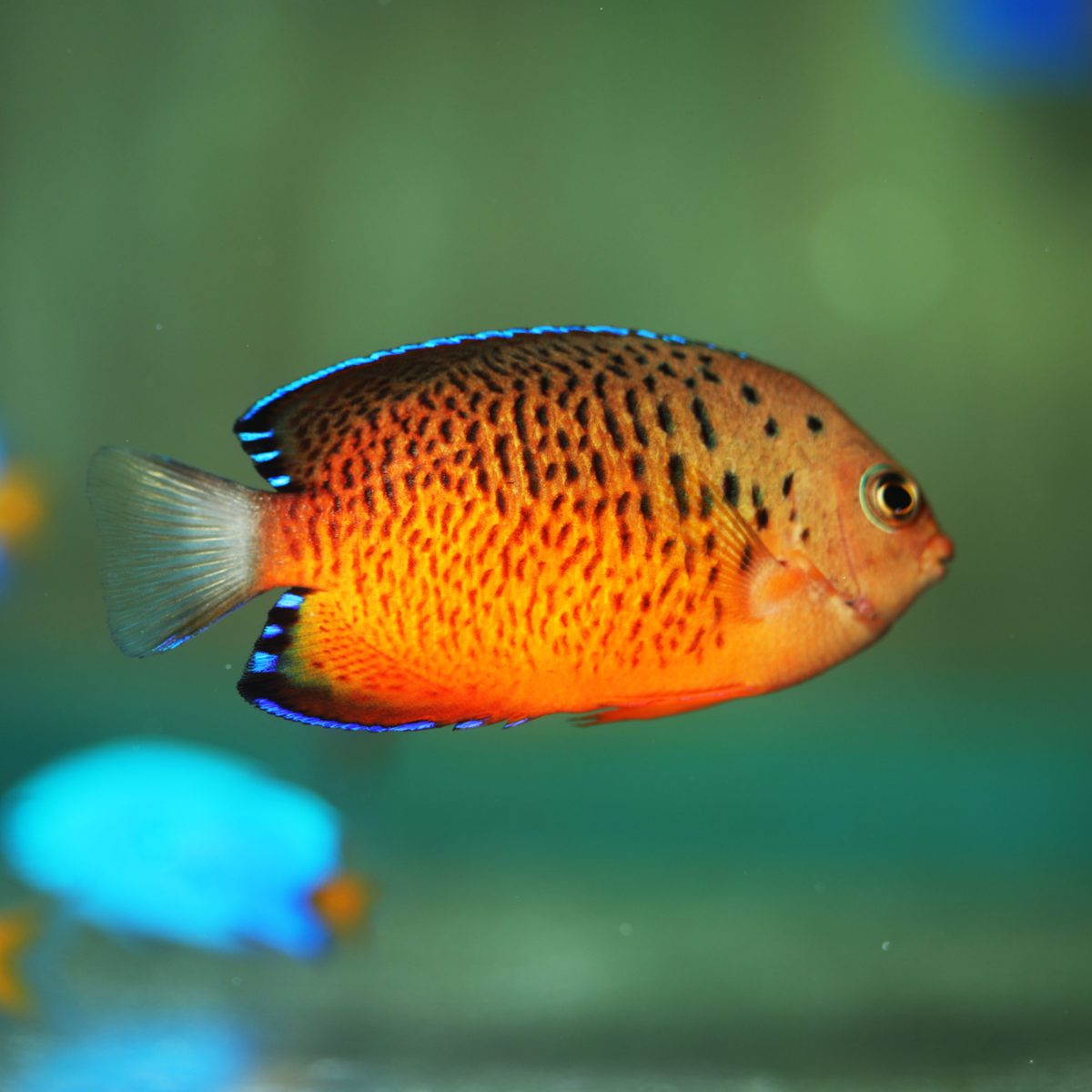
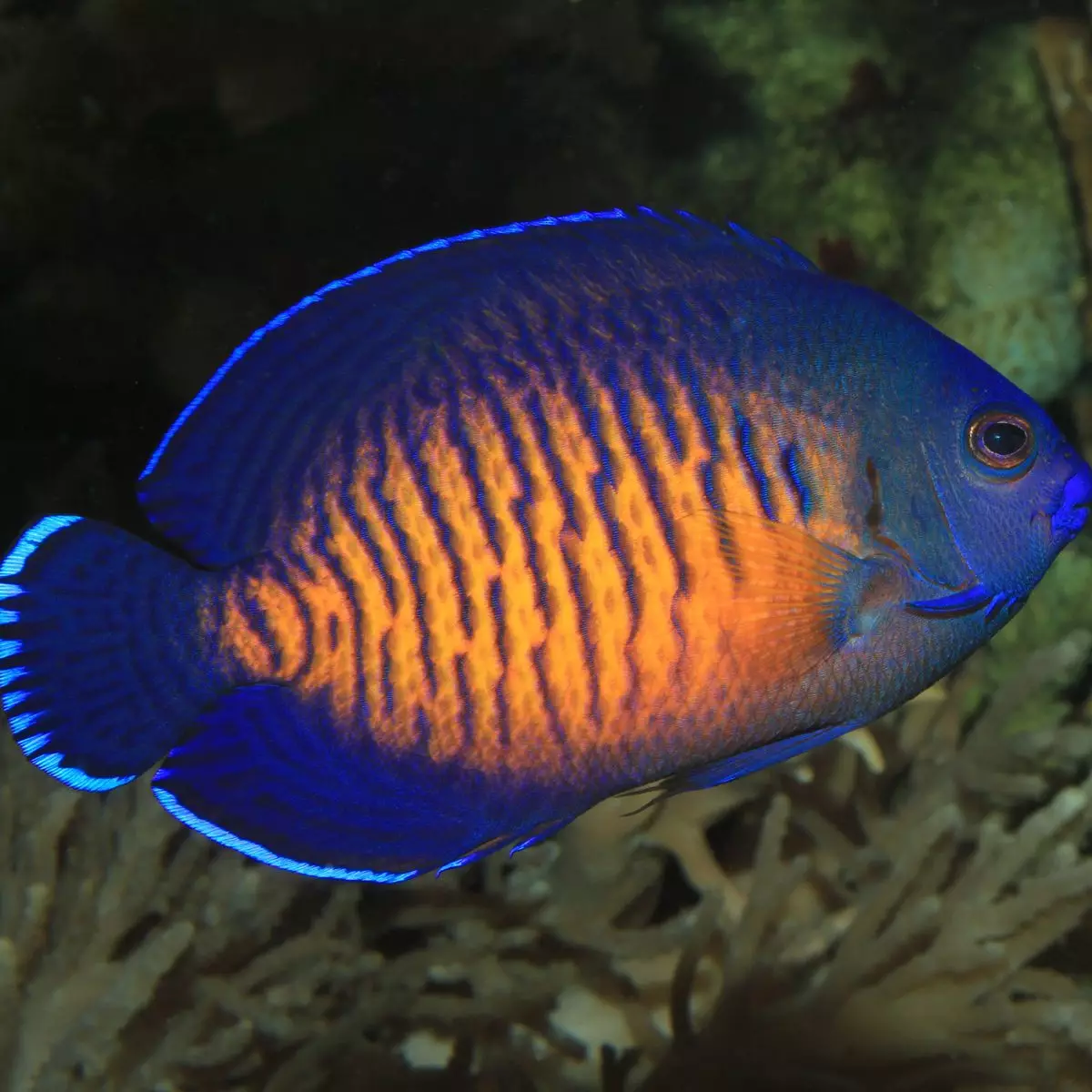
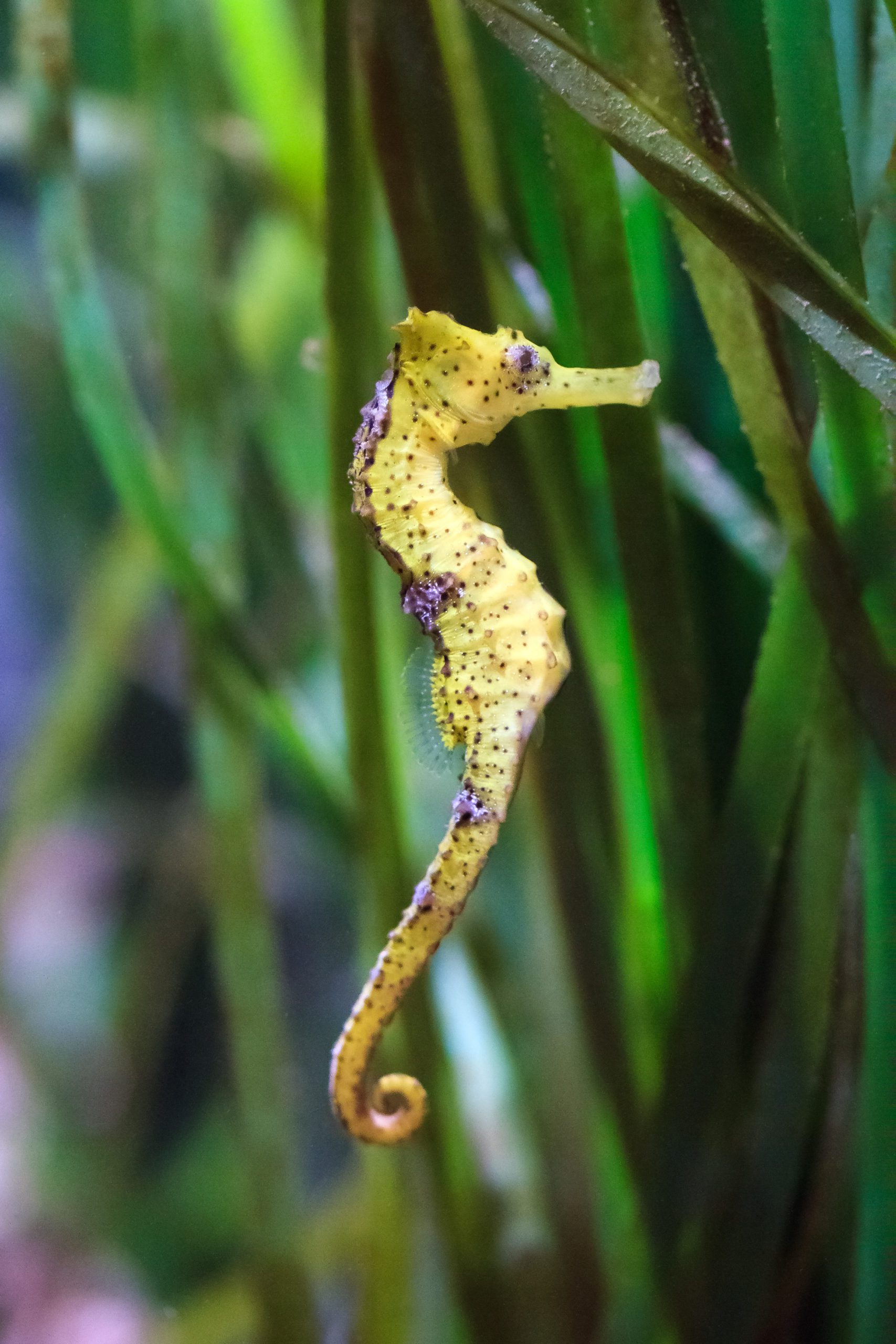

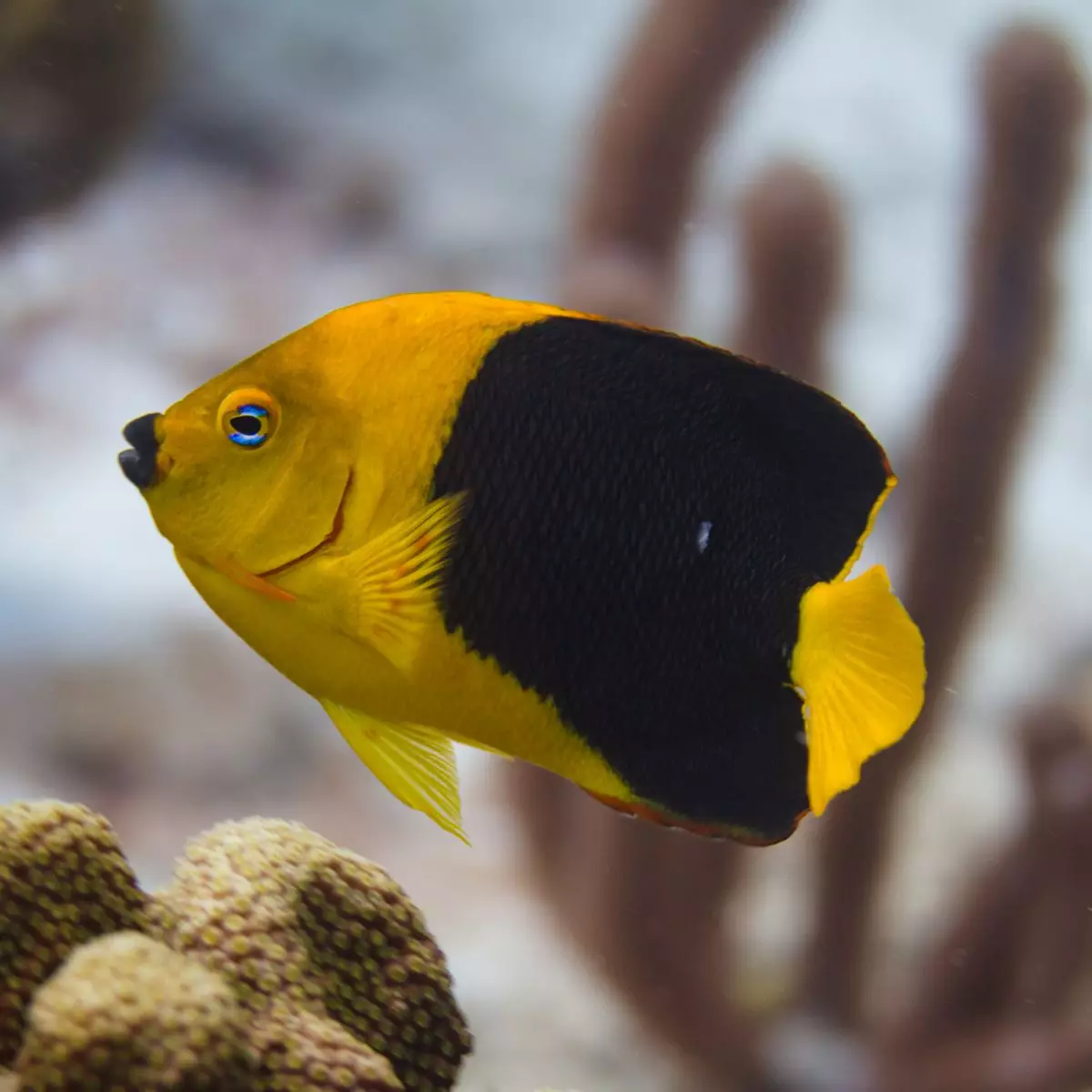
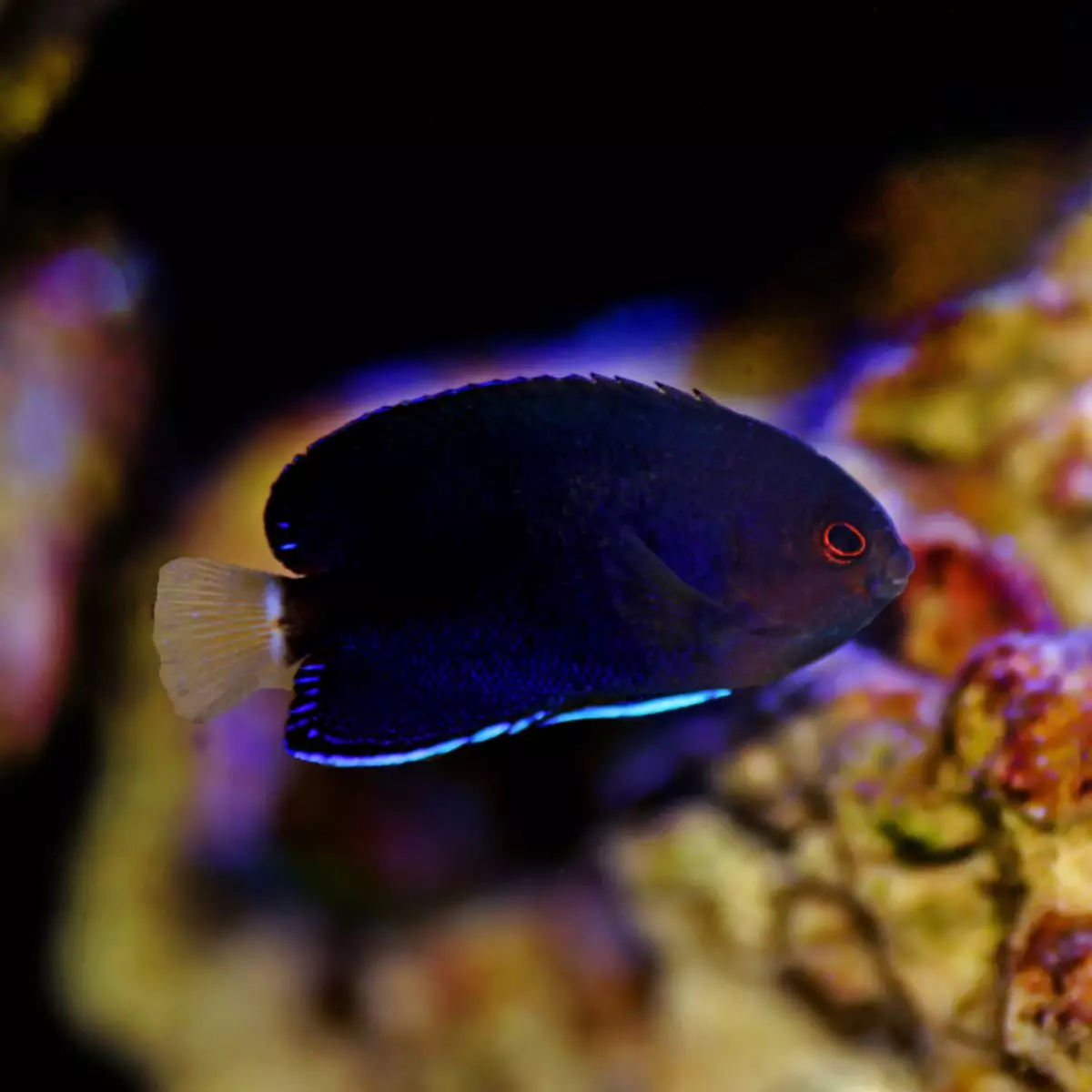

Reviews
There are no reviews yet.